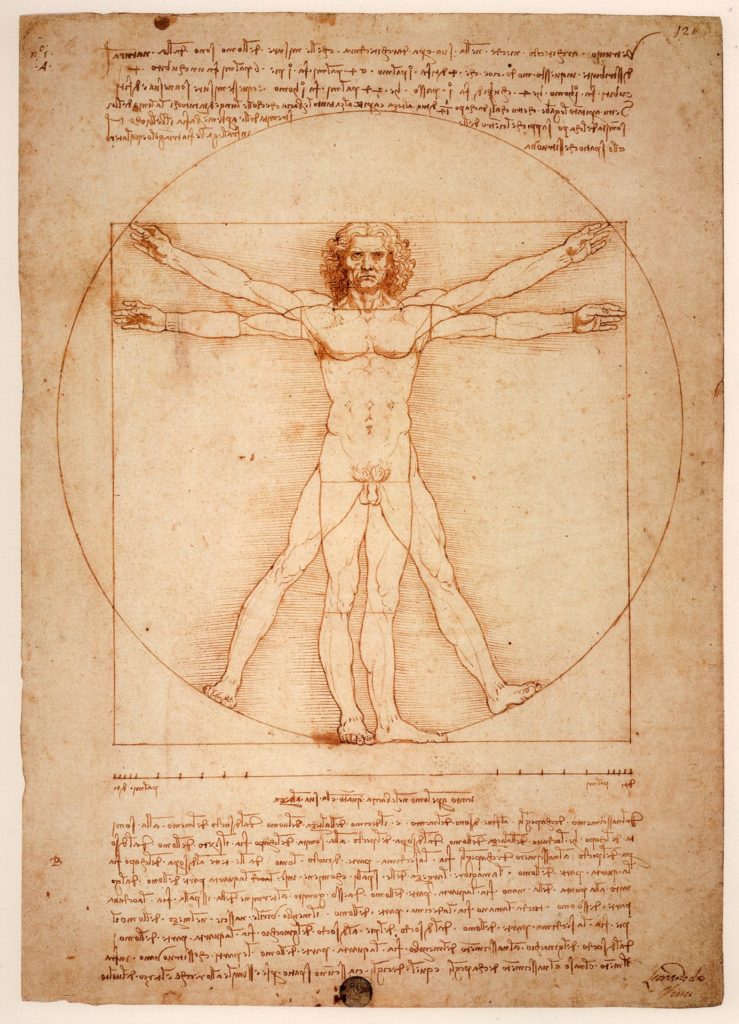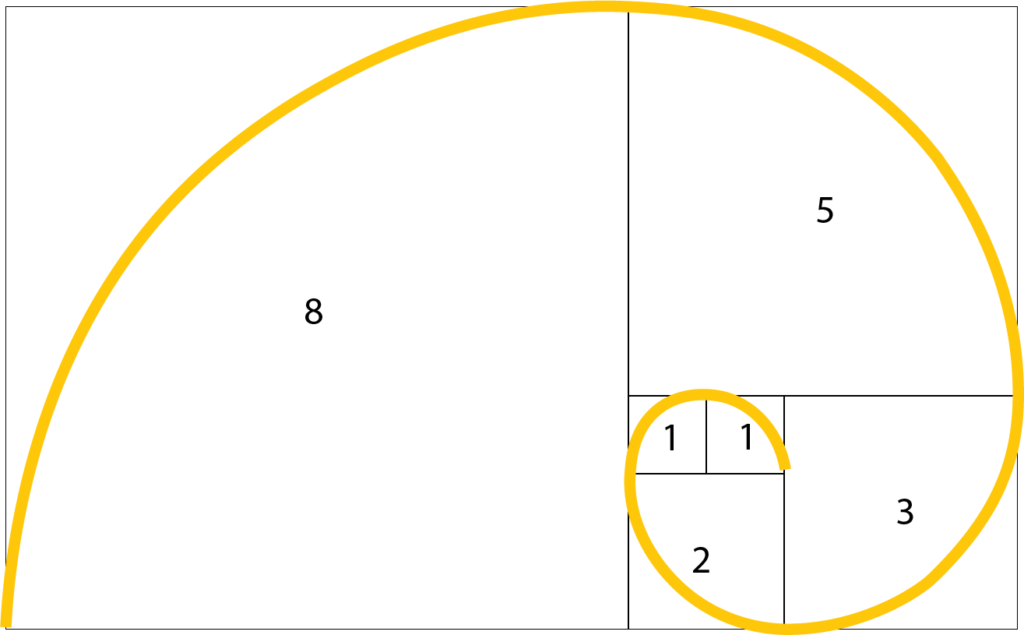Fibonacci Sequence
You may have never heard of the Fibonacci sequence, but it’s a mathematical formula that has been around for hundreds of years and is used to analyse financial markets. This article will explore the Fibonacci sequence and why it’s so important.
What is the Fibonacci Sequence?
The Fibonacci Sequence is a series of numbers that starts with 0 and 1, and each subsequent number is the sum of the previous two. So, the sequence goes 0, 1, 1, 2, 3, 5, 8, 13, 21, 34, 55, 89… and so on indefinitely.
Where did it come from?
In 1202, an Italian mathematician named Leonardo Fibonacci published a book called Liber Abaci (Book of Calculation). In it, he introduced the Hindu-Arabic numeral system to the Western World. He also popularised a simple numerical sequence in which each number is the sum of the previous two (the Fibonacci sequence).
Why is it so important?
Well, the Fibonacci Sequence appears in nature quite often!
It can be found in the arrangement of leaves on a stem, the pattern of petals on a flower (typically come in sets of 3s or 5s), or even in spiral galaxies. Also, many animals have body parts that follow the sequence – for example, a rabbit has five toes on its front paws and three on its back paws.
It also has applications in mathematics, art, architecture and financial markets. For
example, the golden ratio – is characterised by the fact that the quotient between any term in the series and the preceding term always tends to the same value (1.618) as you progress through the series. This proportion occurs often in nature and has been used by artists such as Leonardo da Vinci to create aesthetically pleasing compositions, like Mona Lisa and Vitruvian Man.
Golden ratio calculation/demonstration:
1/1 = 1
2/1=2
3/2=1,5
5/3=1.6666..
8/5=1,6
21/13=1,615348
13/8=1,625
34/21=1,61904
55/34=1,61764
89/55=1,161818
144/89=1,611798

What are the Benefits of Learning About the Fibonacci Sequence?
If you enjoy maths, then learning about the Fibonacci sequence can be a fun and interesting way to explore a fascinating mathematical concept. Even if you don’t particularly enjoy maths, understanding the Fibonacci sequence can still offer some benefits. Here are a few reasons why learning about the Fibonacci sequence can be beneficial:
1. Help improve your problem-solving skills.
The Fibonacci sequence is all about patterns and relationships between numbers. Understanding it can help you become better at spotting patterns and solving problems in general.
2. Make you appreciate maths more.
Let’s face it: for many people, maths is not an enjoyable subject. However, the Fibonacci sequence is a perfect example of how maths can be beautiful and fascinating. Learning about it may just make you appreciate maths a little bit more.
3. Help you understand nature better.
The Fibonacci sequence is found throughout nature, from the arrangement of leaves on a plant to the spiral of a seashell. Understanding this connection between mathematics and nature can help you appreciate both subjects more.

Fibonacci sequence in financial markets
In economics, several concepts are based on Fibonacci numbers, including Fibonacci retracements/expansion and Elliott Wave Principle.
These concepts help technical analysts to define more precisely the key points of trend changes and movement corrections, for example: if the market is moving up and then suddenly reverses direction, it might be because it has reached a Fibonacci expansion or retracement level. This level could be a support or resistance level that traders watch for clues about where the market is headed next.
Fibonacci levels are especially important to day traders who look for short-term opportunities in the market. By understanding how Fibonacci levels work, day traders can better predict when to enter and exit trades.
Curiosities
1. The use of the golden ratio is the secret of the world’s most resistant structures such as the Great Pyramid of Quéops ( Khufu ) built around 2560 B.C;
2. The seeds of a sunflower are usually arranged in two groups of spirals in the core of the flower: 21 clockwise and 34 counterclockwise;
3. If a person of average stature divides his height by the distance between his navel and his head, the result will be around 1.618;
4. As already mentioned, the Fibonacci sequence is found in Leonardo da Vinci’s “Mona Lisa” in the relationship between the torso and the head of the depicted figure as well as in the elements of the face;
5. Each block of the Egyptian pyramids is 1,618 times smaller than the one below it.
Conclusion
The Fibonacci sequence is a mathematical concept that has many applications in the real world. It can be used to predict population growth, calculate financial risks, and even understand animal proportions. While it may seem like a dry topic, understanding Fibonacci can provide insights into some of the most fascinating patterns in nature. So on this Fibonacci Day, take some time to learn about this incredible sequence and its far-reaching implications.
Got a comment on this article? Join the conversation on Facebook, Instagram, Twitter or LinkedIn and share your thoughts.

Author
Amândio Luís

Fibonacci Sequence
Common Trading wisdom, Learning to invest Beatriz Costa 0